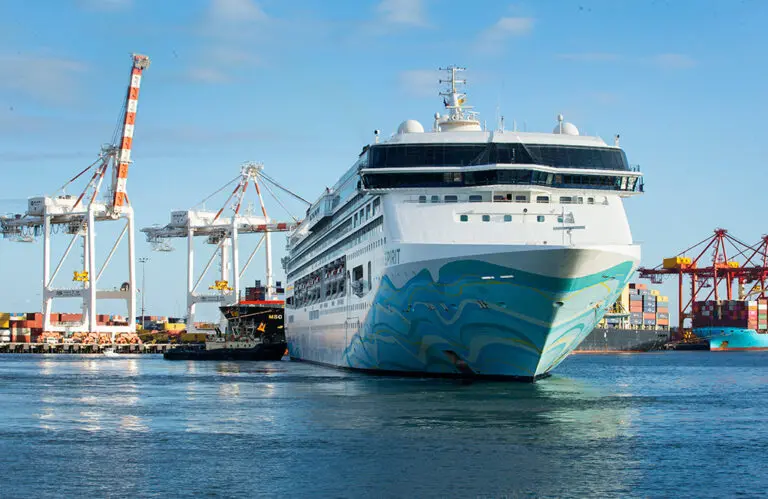Australian consumers are throwing their budgets out the window in order to travel, a major new report has revealed.
Released by CommBank iQ, the data shows that cost-of-living pressures have been steadily rising since late 2022.
Despite this, the ‘Cost of Living Insights Report’ flagged some “counterintuitive” spending trends, such as the prioritisation of travel expenditure.
According to the report, travel and accommodation spending rose 39 per cent from January to March 2023 compared to the first quarter of last year.
“Putting our expenditure under the microscope shows we’re responding to the increased cost of living in diverse and sometimes unexpected ways,” report author and CommBank iQ Head of Innovation and Analytics Wade Tubman said.
“It seems counterintuitive that at a time of increased cost-of-living pressures, consumers are choosing to boost their discretionary spending.
“What we’re seeing is a continued COVID-rebound effect, with consumers catching up on the experiences that they missed out on during the pandemic.”

The CommBank iQ data shows that discretionary spending grew sharply over the course of 2022, even though expenditure on essentials was struggling to keep up with inflation.
According to the report, discretionary spending accounted for 49 per cent of purchases in the first quarter of 2023, with the biggest increases occurring in travel, eating out, and entertainment. Meanwhile, consumers were reducing spend on clothing and household goods.
Hardest hit
Notably, the report flagged a “sharp divide” in spending between Australians aged over 35, who are really increasing their expenditure (up 7.7 per cent), and younger consumers whose spend is only slightly up (by 3.4 per cent).
Based on its “cost-of-living pressure score”, which observes changes in total spending and discretionary spending, CommBank iQ revealed that renters aged between 30 and 34 were currently feeling the most pain, followed by the rest of the 25 to 44 age bracket.
“The cost-of-living pressure score has started to rapidly pick up since Christmas, and certainly the trends are that financial pressure will continue to rise,” Tubman said.
Interestingly, single and double income households without children have reduced their spending faster than families.
“Young singles and couples can turn things on and off faster because they don’t have as many commitments,” Tubman stated.
The report revealed Sydney and Melbourne residents are under the most financial pressure.
CommBank iQ is a joint venture between Commonwealth Bank of Australia and data and AI company Quantium, which uses aggregated payments data from 7 million CBA customers – Australia’s largest consumer payments data set – to track spending trends.
A recent Mastercard study found that Aussie travellers are shelling out for experiences over things.






